It sounds like the title of a Hulu-only horror movie but it’s a fact: Picked apples are alive!
“Fruit does not die when harvested,” cautions agricultural experts at Iowa State University. “It remains a living organism that continues to take in oxygen and give off carbon dioxide.”
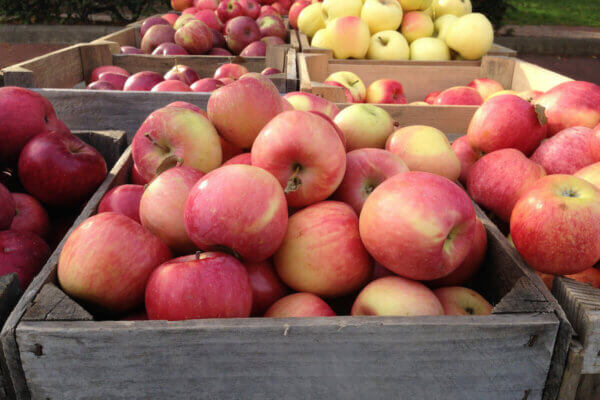
After an apple is picked, it eats itself alive —”respiring” (that is, generating energy) by using up its sugars and starches. What about when all those nutrients are gone? That’s when an apple gets mealy and mushy. Blech.
Whether you’re looking to learn how to store apples you bought at the store or buckets you hope to sell at the market, the goal of storage is the same — to slow the apple’s respiration. Commercial apple growers literally put apples into a state of suspended animation.
Are You Storing For Yourself Or Storing To Sell?
If you stumbled into an apple bounty and are hoping to feast on those apples all year, I have bad news and good news.
The bad news is that those apples will start to deteriorate rather quickly and will be mushy after a few months. The ideal conditions for storing apples are:
- A temperature of 30-32 degrees Fahrenheit
- A relative humidity of 90-95%
Refrigerators, even the fancy kinds with a touchscreen, can’t maintain those levels. They try their best, with the crisper basket, but your apple will still be clinging to life, munching on itself.
The good news is, all is not lost: Eat an apple for a snack today, keep a few in short-term storage, then dehydrate, can, or compost the rest.
If you plan to sell apples year-round — or just want to know how that works —skip ahead to long-term apple storage.
How To Store Apples Short-Term
If you want to keep apples for a few days, weeks, or months, you have one top option and a few other fallbacks.
How To Store Apples In the Refrigerator
For the best-tasting apples, buy a few at a time and keep them in the crisper basket of your refrigerator. The humidity inside the crisper basket is higher than in the rest of the fridge — apples are really into that.
But the basket isn’t quite cold enough — and definitely not humid enough to shut down the apples’ respiration process.
If you’ve filled up the crisper, you can clear out a spare fridge and put the overflow in there. Or, attempt one of these fallback options:
How to Store Apples in a Cooler or Closed Container Outside
Apples like the cold, so if it’s cold outside, you can put them in any sort of pest-proof container (or in an enclosed outbuilding) and leave them there.
Pros: Inexpensive, low-effort
Cons: If it gets too cold, and the apples freeze, they will be mushy and mealy once they thaw. And if it gets too warm, they’ll ripen up. Apples ripen four times faster at 50 degrees Fahrenheit than at 32 degrees Fahrenheit, according to the University of Nebraska.
How To Store Apples in a Cellar
If your cellar happens to have the cool, humid climate that apples adore, you may be able to store them for quite a long time down there.
Pros: The temperature and humidity of your cellar should be stable.
Cons: Less space for wine storage.
However you store apples, Purdue University experts recommend poking a few holes in some sealable plastic bags and putting the apples inside. The bags help maintain humidity, while the holes allow air to breathe.
Keep apples away from other fruits and vegetables. Apples emit ethylene gas, which makes some other fruits and vegetables ripen faster.
For more about home storage of fruit and vegetables, this Backwoods Home Magazine piece is worth a read.
Long-Term Apple Storage
Did you know that many of the apples we eat were picked a year ago? This is thanks to the magic of controlled-atmosphere (CA) storage.
In CA storage apples aren’t just cool and humid, they’re deprived of oxygen, too. With oxygen levels at 1-2%, an apple’s biological processes slow to a state approaching that dream of interstellar tourists — suspended animation. (And, like in many sci-fi movies featuring suspended animation, soon after they wake up they get eaten.)
Not all apples go into CA storage. During the fall apple harvest, many are put into basic refrigerated containers to be sold before the start of the year for holiday apple pies.
But if you’re eating an apple in June? That guy spends most of the year in a coma. In Washington, the state that grows the most apples, 67% of cold storage is CA storage. Controlled-atmosphere storage is so important to the state’s economy, it even has a law dictating the rules of CA storage.
Some of the bigger CA storage companies nationwide are Pacific CA Systems in Washington state and Belle Harvest in Michigan.
To recap: For the best apples, buy at the store or farmer’s market or pick from your own tree and eat after a few days. For long-term storage, get space-age science involved.



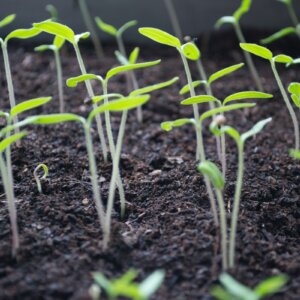



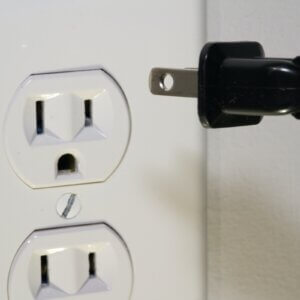





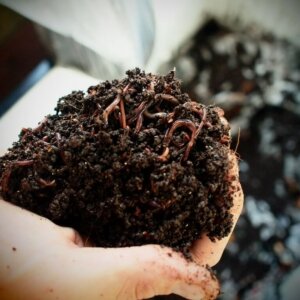






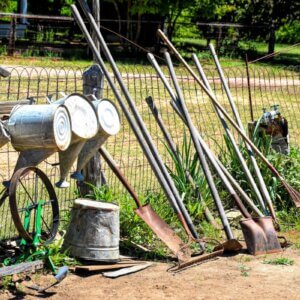


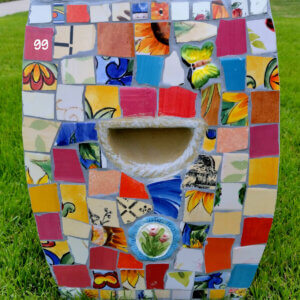
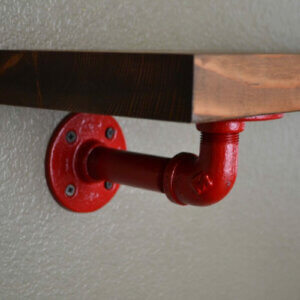





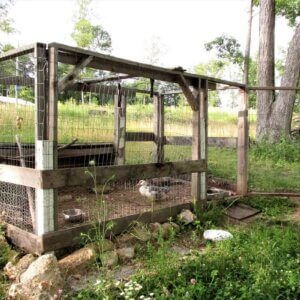


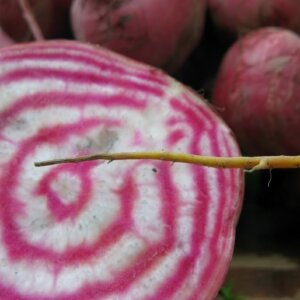

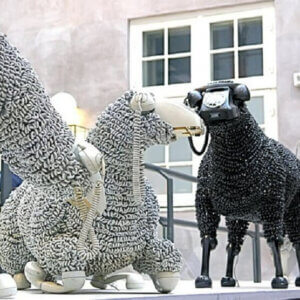



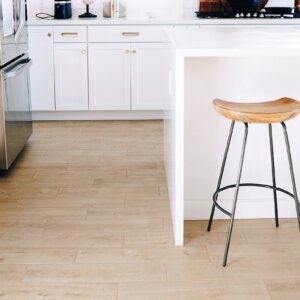
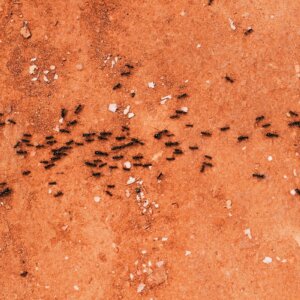
I am trapped in a concrete jungle and love receiving your newsletter!!
So many facts and interesting tidbits. You really know your stuff!! You motivate me to plant veggies in my miniscule patio yard.
Thank you so much.